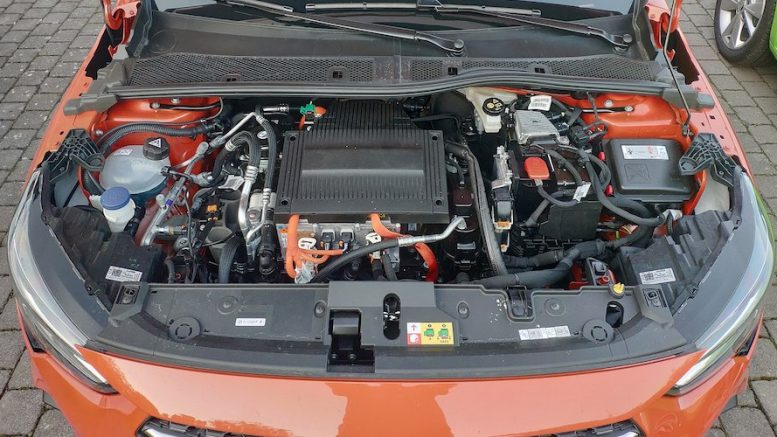U.S. and China-based researchers have developed a 3D, interconnected, thermally-conductive boron nitride network that greatly improves thermal conductivity in lithium-ion batteries.
In a paper published in the journal Green Energy & Environment, scientists explain that although electric cars travel longer distances with shorter battery charging times, the lifespan of those batteries has also decreased and low heat-dissipation efficiency has led to safety issues.
By systematically studying the effects of the three-dimensional network of boron nitride on the thermal management performance of power cells, the group found that the hexagonal boron nitride thermal network (h-BN) constructed by the ice template method with varying temperature gradients demonstrated structural variation in different directions.
Ice templating, also known as freeze casting, is a popular shaping route for macroporous materials.
“Generally, structure determines performance, and different structures in different directions means a greater spread of performance,” study co-author Bing Zhang of China’s Zhejiang University, said in a media statement. “And by creating a composite with paraffin (h-BN/PW), we could achieve excellent anti-leakage performance and ultra-fast heat dissipation performance in lithium-ion batteries.”
According to Zhang, the results show that the maximum surface temperature of the battery with continuous charge and discharge at 2℃-5℃ was reduced by 6.9 ℃.
“We think that this demonstrates the great potential of this process for application in battery thermal management systems,” the scientist said.


Be the first to comment on "Li-ion battery breakthrough improves safety profile"